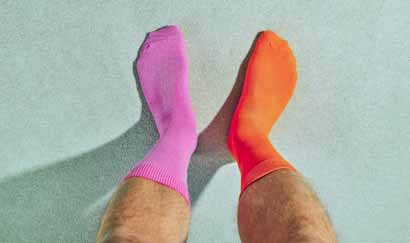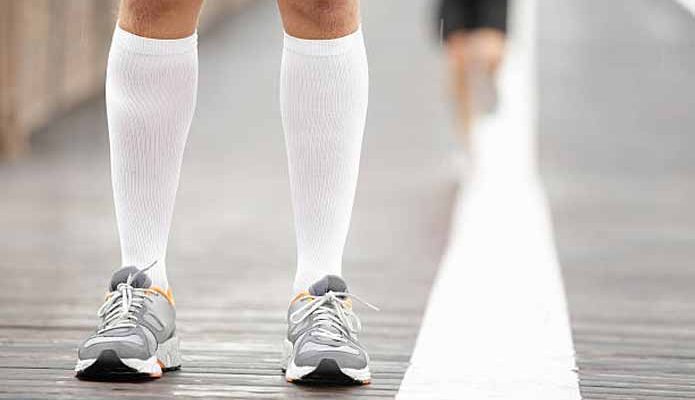What You Should Know About Compression Socks
This article discusses why people wear compression socks for their lower extremities. In addition to preventing blood clots, compression socks also help relieve swelling and soreness. However, they can be uncomfortable when the pressure is high. To avoid this, you should buy a pair that is true to size. However, if you are not sure what size to buy, we’ve got some great tips to get you started.
Compression socks are used to prevent blood clots in the lower extremities

Compression socks are compression garments that apply pressure to the legs to increase blood flow. Blood pooling in the legs causes clotting and damage to the veins. Compression socks are typically made of synthetic materials and fall below the knee, although some types are long enough to be worn as tights. Other types of compression garments are arm compression garments. Nonmedical support hosiery include flight socks and elastic support socks. These garments apply uniform compression to the entire body, but are not as tight as medical compression stockings.
They can relieve swelling and soreness
There are several benefits to wearing compression socks. First, they reduce swelling. Second, increased blood flow to the affected area improves sensation. If your joints become stiff, you may lose sense of balance and fall, and walking can become difficult. Finally, wearing compression socks will restore your sense of proprioception. If you are suffering from swelling and soreness due to an injury, wear compression socks to reduce your symptoms and recover faster.
They can improve circulation
If you have been experiencing discomfort in your legs, ankles, or feet, compression socks may be what you’re looking for. Designed to help your blood flow through your legs, these socks can reduce swelling and fight the effects of DVT, a dangerous condition in which blood clots form in the deep veins. When the clot travels through the body, it blocks the blood flow in the arteries that supply the lungs, a condition known as pulmonary embolism.
They can be uncomfortable at higher pressures
The pressure of compression socks varies, but there are two main types. High-compression socks are best for severe edema and blood clot prevention, while low-compression ones are ideal for general muscle fatigue and mild symptoms of varicose veins. Higher-compression socks are generally prescribed for serious edema, such as leg swelling, and should be worn under medical supervision.
Conclusion:
Washing your compression socks is essential to maintaining their quality. During this process, you should check for any dirt and remove any silicone bands. After washing, place the socks in a mesh garment bag to protect them from drying out. Never wash them in the dryer or near direct heat sources, including radiators. Also, do not wash them in the same machine as other clothes, such as jeans, because they can shrink.






